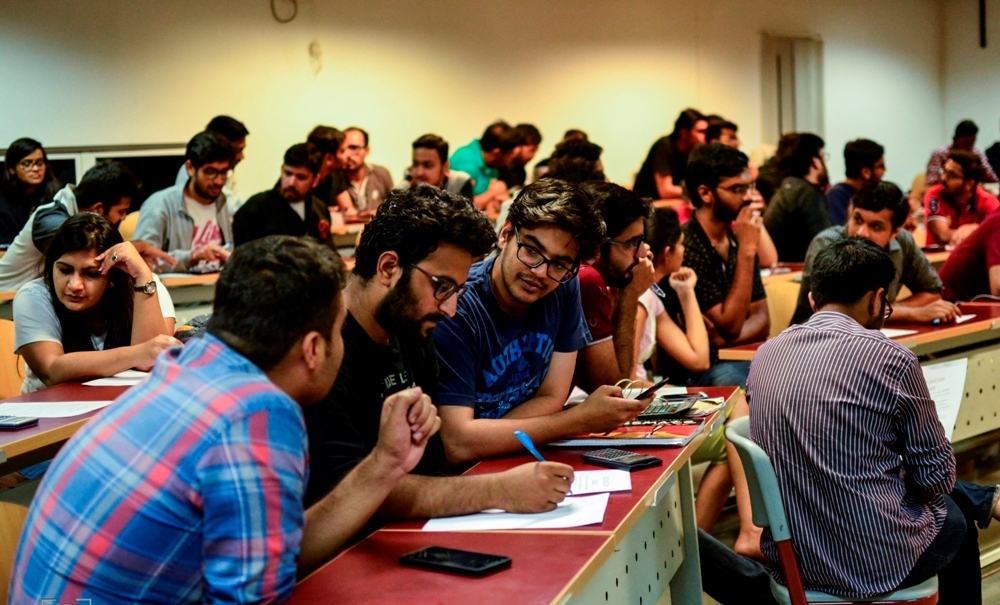From UPSC perspective, the following things are important :
Prelims level: NA
Mains level: Industry-academia collaborations in Indian higher education are underutilized

Central idea
The article underscores the underutilization of collaborations between Indian higher education institutions (HEIs) and industries, hindering gains from intellectual property (IP) commercialization. It identifies key challenges such as divergent goals, cultural differences, communication gaps, and the need for trust-building.
Key Highlights:
- Industry-academia collaborations in Indian higher education are underutilized, hindering potential gains from IP commercialization and technology transfers.
- Collaborative success requires shared goals, addressing cultural differences, establishing effective communication, and building trust.
Key Challenges:
- Divergent Goals: Misalignment between HEIs’ focus on theoretical knowledge and industries’ profit-driven practical applications.
- Cultural Differences: Varied approaches to data scrutiny and application development create challenges in collaboration.
- Communication Gaps: Lack of understanding of industry regulatory processes and language differences hinder effective partnerships.
- Building Trust: Fear of research results being published without considering commercial implications, requiring clear agreements.
Key Terms:
- Intellectual Property (IP)
- Technology Transfer
- Collaborative Goals
- Cultural Gap
- Communication Channels
- Trust Building
- Short-term Collaborations
- Long-term Research Collaborations
- Symbiotic Relationship
Key Phrases:
- “Shared goals crucial for collaboration success.”
- “Cultural gap between academia and industry must be bridged.”
- “Effective communication channels and trust-building are essential.”
- “Clear agreements on IP and publication to ensure transparency.“
Key Examples:
- Collaboration between HEI and renewable energy company highlights cultural differences.
- Pharmaceutical company collaboration emphasizes the need for understanding regulatory processes.
- University-tech company collaboration for software application development showcases IP arrangement challenges.
Key Facts:
- Many Indian HEIs miss out on capitalizing on research through IP commercialization.
- Lack of collaboration hampers gains from patents, licensing, and start-up ventures.
Critical Analysis:
- The article highlights crucial challenges in industry-academia collaborations and emphasizes the importance of addressing them for mutual benefit.
- The need for effective communication, trust-building, and clear agreements is appropriately underscored.
Way Forward:
- Foster a culture of open dialogue and flexibility.
- Implement training programs for understanding industry processes.
- Encourage short-term collaborations for quick problem resolution.
- Promote long-term research collaborations for cutting-edge technology development.
- Government funding agencies should announce research grants and encourage joint project proposals.
By addressing these challenges and fostering collaboration, Indian higher education institutions and industries can create a mutually beneficial ecosystem.
Get an IAS/IPS ranker as your 1: 1 personal mentor for UPSC 2024
